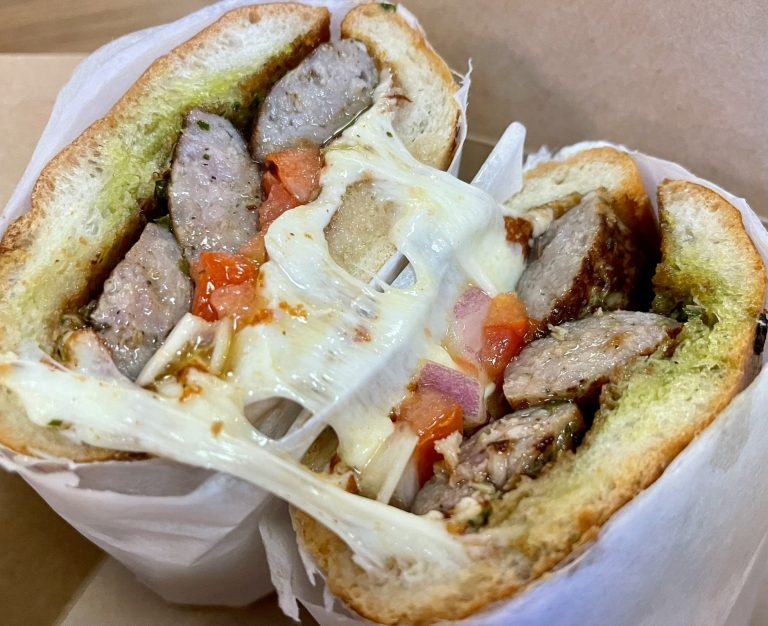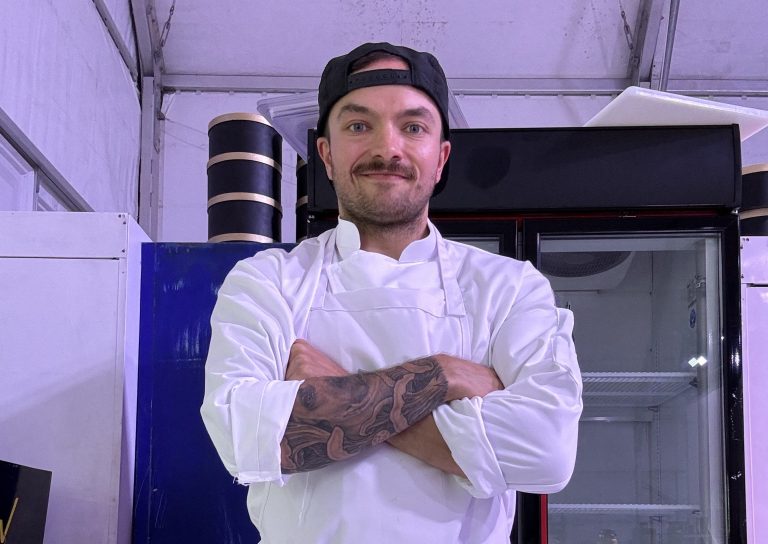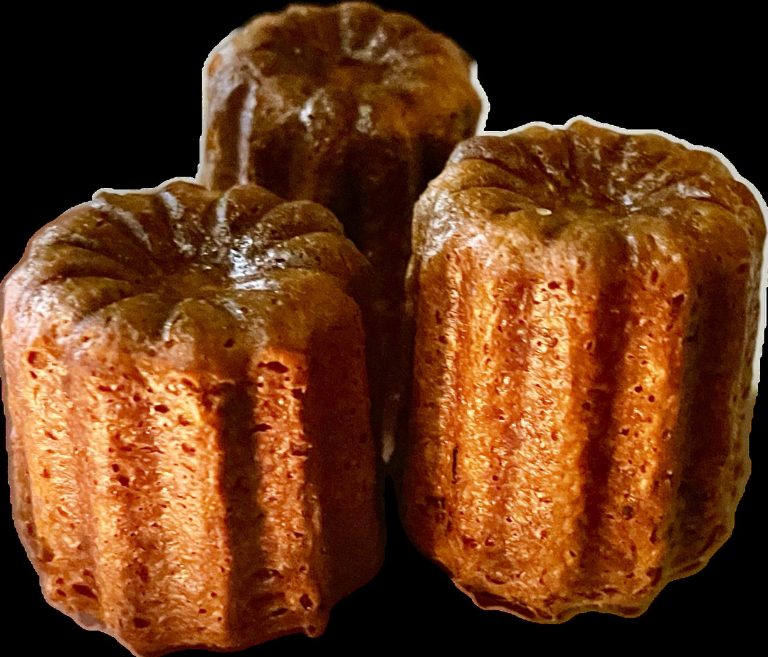Photos: Nadia Bangaroo
The pupusa’s toasted corn crust gave way to a molten blend of mozzarella, savory chicharrón (pork), and rich refried pinto beans. Each bite carried the warmth of a home-cooked meal—a comforting feeling in every mouthful.
“Wow,” I said as I took my first bite.
That’s exactly the feeling Robert Nieto, owner and chef of Lackawanna’s House of Pupusas, wanted to evoke.
Comfort.
In Spanish, Nieto explains: “Para mí, cuando llegué a Buffalo, sufrí mucho durante varios años buscando mi comida, pero nunca la encontré.”
“When I arrived in Buffalo, I suffered a lot for several years, searching for my food and never finding it.”
Nieto felt homesick in a place far from home, longing for the familiar flavors that once brought him comfort.
His longing turned into House of Pupusas, the takeout Salvadoran operation that he runs from his house. It was named by Nieto’s daughter when it was established in 2020.
Summoning taste of home
Nieto was born and spent most of his childhood and adult life in San Pedro Perulapán, a small rural town about 45 minutes outside San Salvador, the capital of El Salvador.
He arrived in the United States in 2012 during the peak of MS-13 violence, losing his brother just months after his arrival—another life claimed at the hands of the gang. Traveling from El Salvador to Texas, he recalled, “I came with some friends, and God, of course.”
After a month, he eventually made his way to Buffalo, where he would begin his new life.

As Nieto settled in Buffalo, he found himself yearning for the taste of home—the taste of pupusas—craving the flavors that once connected him to home. He had only learned to make pupusas by watching his mother, not knowing her exact ingredients.
He first started sharing frozen pupusas from the brand “Mama Lycha” after discovering them in Price Rite, but the flavors didn’t seem right to Nieto.
While he understood the process, it took him years to master the craft.
Handcrafting pupusas
Pupusas are thick, handmade corn tortilla stuffed with a variety of fillings, such as cheese, refried beans, and seasoned pork. It is a staple dish in Salvadoran cuisine, often served with curtido, a tangy fermented cabbage slaw, and salsa roja, a tomato-based sauce.
To make pupusas, Nieto mixes corn flour called masa harina, water, and salt into a smooth, soft dough—similar to Play-Doh: firm but not sticky.

If the dough feels too dry, he adds a little more water; if it’s too wet, he sprinkles in more masa harina. He lets the dough rest for 10-15 minutes while preparing fillings. This allows it to absorb moisture, making it easier to work with.
He blends refried beans until smooth, shreds cheese, and cooks and blends pork into a thick paste.
Wearing gloves, Nieto shapes the pupusa, rolling the masa into a ball before gently pressing it into a small crater. Creating a well, he adds the filling of choice—shredded cheese, seasoned pork, or refried beans.
With practiced hands, he rounds the dough once more, sealing the edges by pinching around the crater until the center meets, closing just enough to lock in the flavors. Finally, he smooths the edges with a few final pinches, ensuring a perfect, evenly shaped disc, ready to hit the hot griddle.
What makes pupusas satisfying
My favorite pupusa was the revuelta, with pork, beans, and cheese. Pupusas usually use maseca, a white cornmeal, but what makes it different is that it’s filled and sealed. Arepas, the griddled corn cake popular in Colombia, Venezuela, and Panama, are split and filled like a sandwich.
When biting into a pupusa revuelta, I felt warmth—a perfect comfort food for a snowy Buffalo night. The steam from the corn griddle casing rose, while the cheese melted instantly in my mouth, blending with the savory pork and beans for a rich, satisfying bite.
The slaw (curtido) provides a refreshing contrast to the dish. Its tangy, fermented flavor cuts through the richness of the cheese and chicharrón (pork), creating a perfectly balanced combination.
After having two pupusas, I was full. House of Pupusas makes economic sense for college students trying to grab a nice home-cooked meal while not breaking the bank.
House of Pupusas menu
All pupusas include Salvadoran tomato salsa and curtido, fermented crunchy cabbage, onion, and jalapeno slaw. Nieto prepares pupusas fresh to order and also offers frozen pupusas to enjoy at home. House of Pupusas offers specials every week or two, and customers can ask about upcoming specials.
Chicharrón y Queso / pork and cheese – $4
Revueltas / pork, beans, and cheese – $4
Frijole y Queso / beans and cheese – $4 (vegetarian)
Camarón y Queso / shrimp and cheese – $6
Queso / cheese – $5
Jalapeño y Queso / jalapeño and cheese – $5
Zucchini y Queso / zucchini and cheese – $5
A plate of two pupusas with curtido and salsa roja – $8
Other Salvadoran specialties include Quesadilla Salvadoreña, Salvadoran cheese bread, $15 per pan. Not to be confused with the Mexican quesadilla, this is a gluten-free sweet bread made with rice flour, cream cheese, parmesan cheese, queso fresco, and mozzarella.
Order from House of Pupusas by texting Nieto at 716-316-2811. This is not fast food, it is appointment food. Nieto will tell you when your food will be ready, but expect orders to take at least an hour.
Location: 120 Wilmuth Ave, Lackawanna, NY 14218
Payment Options: Cash, Zelle, Venmo, and Cash App
Beyoncé Reynoso-Thomas and Nadia Bangaroo are University at Buffalo students and graduates of ENG 213, the journalism-for-beginners class Andrew Galarneau has taught there since 2000.
#30#






